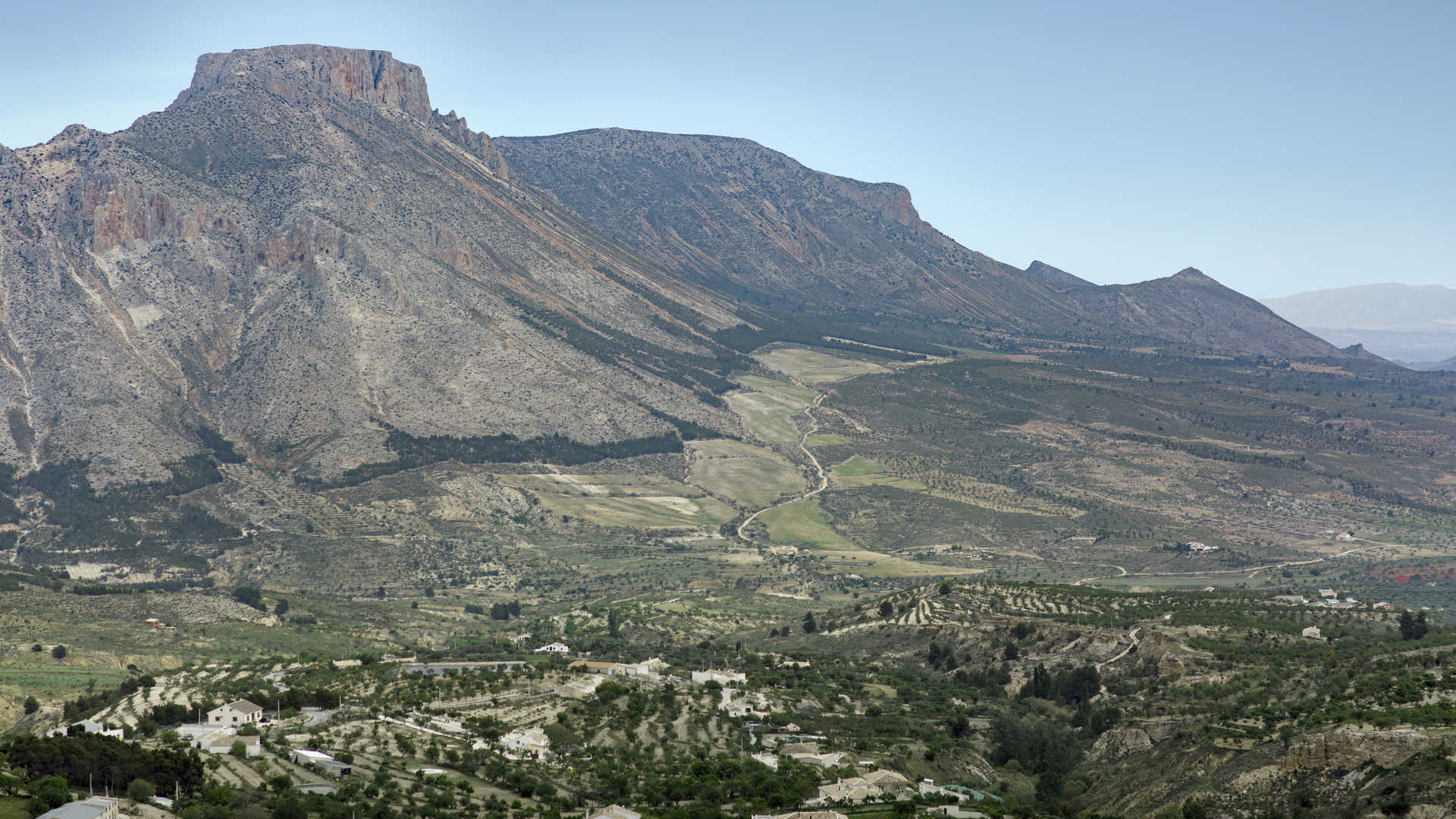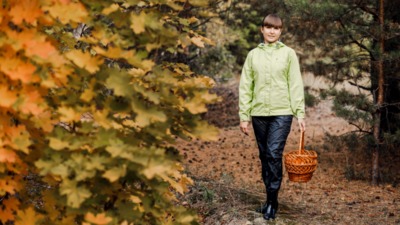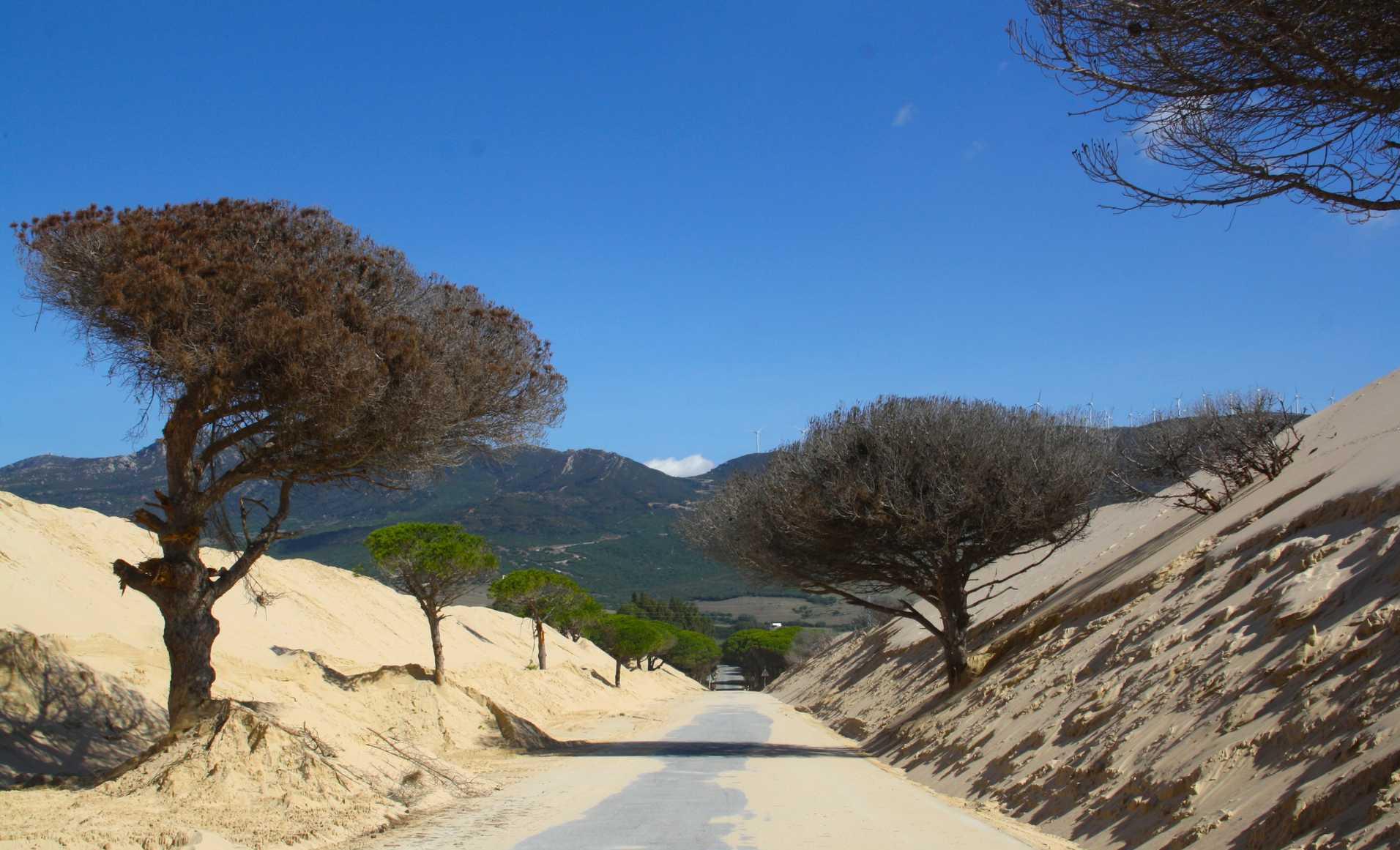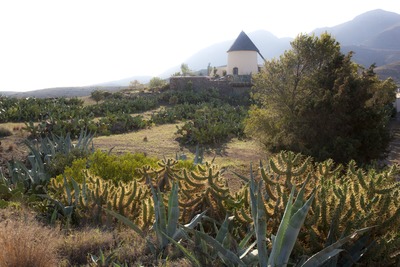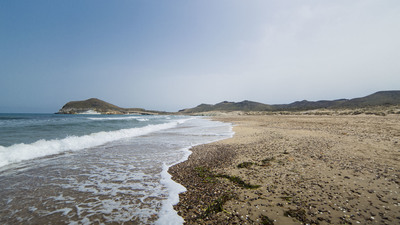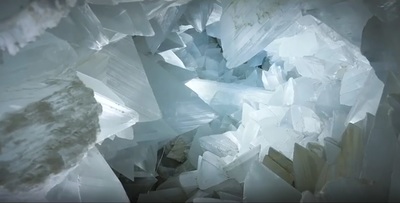Edible mushroom season in Almería: Local varieties, where, when and how to harvest them.
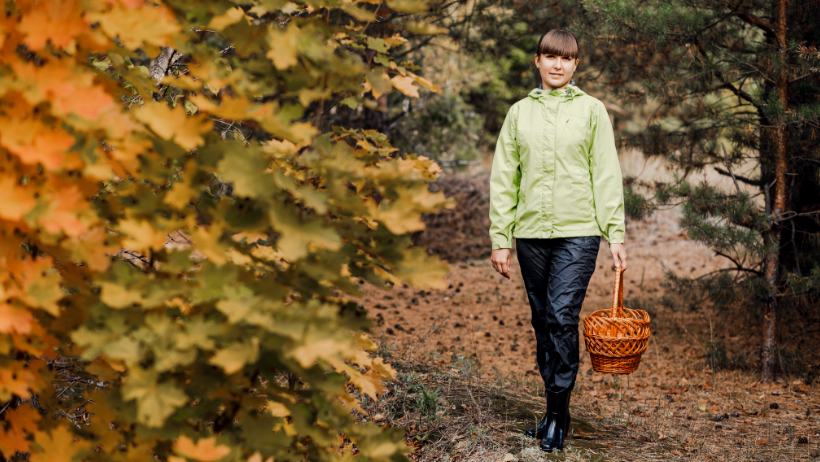
The arrival of the first autumn rains marks the opening of the mushroom season in Almería. We will explain all about the local varieties, where, when and how to harvest this natural delicacy!
Even though in the region of Almería there is an enormous variety of mushrooms and fungi, the following three are very common and exquisite but you should know how to recognise them before picking them so you can later taste and enjoy this delicacy in complete safety: Saffron milk cap, boletus and the king trumpet mushroom.
How do you recognise a saffron milk cap?
It has a carrot-orange cap with pale reddish concentric circles, with a diameter of 4 to 16 centimetres. Saffron milk caps are rolled inwards when young and as they grow the cap flattens out to become funnel-shaped.
The inside of the cap is the same colour as the outside and is full of fine, fleshy, highly concentrated layers. It has a mild and sweet aroma, but if eaten raw it tends to become a little bitter.
The base is granular in structure and cylindrical in shape, slightly narrower at its base, and short and hollow. When young it is quite firm and as it ages, hollow crevices appear but without losing its firmness. The stipe is the same colour as the cap but softer and superficial dimples are formed that are a somewhat more intense hue.
It is also known as Lactarius deliciosus and has a number of popular names including red pine mushroom. It is mostly found in pine forests. The Sendero Circular de Tahal (PR-A 121) is a circular route that in just a few kilometres takes you through a variety of landscapes in the Sierra de Filabres: Cultivated areas, mainly with almond trees, copses of Aleppo and Holm oaks, and pine forests at higher altitudes. Other places to explore where you may find this delicacy are the Pinar de Alfahuara (official trail SL-A 145) and the Pinar de La Muela (on the border between Almería and Murcia) in the Sierra María - Los Vélez Nature Reserve.
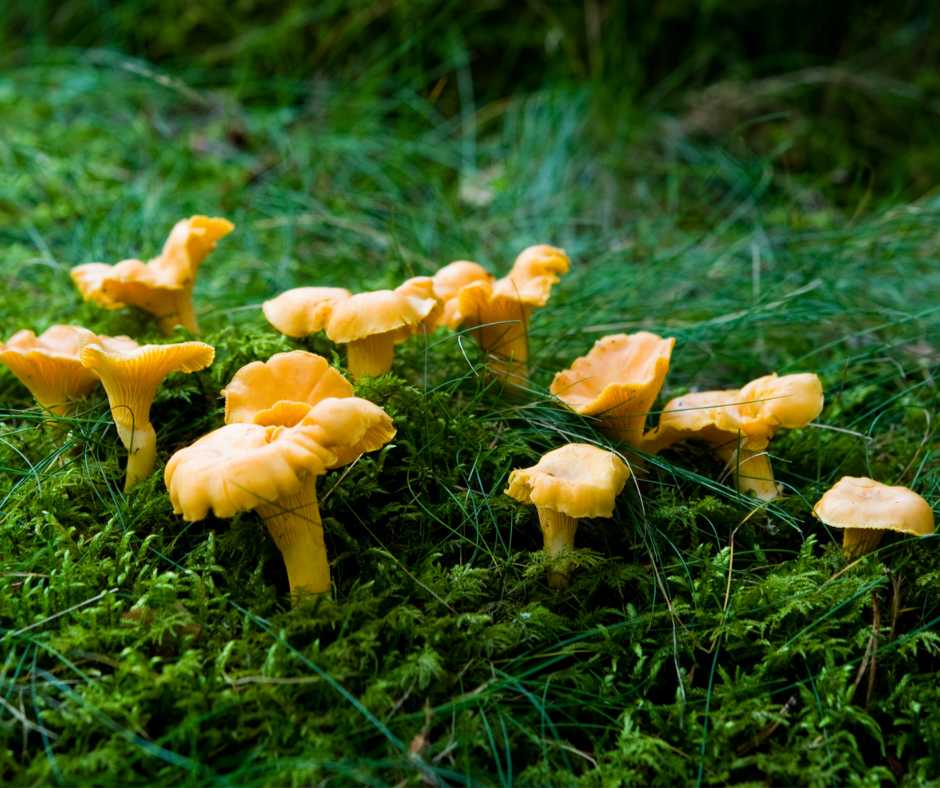
There are about 300 species of boletus but one of the most prized in the gastronomic world is the Boletus edulis variety.
It gives off a pleasant hazelnut aroma. They most frequently appear at altitudes between 500 and 1500 metres where there is a rainfall of between 500-700 ml per year.
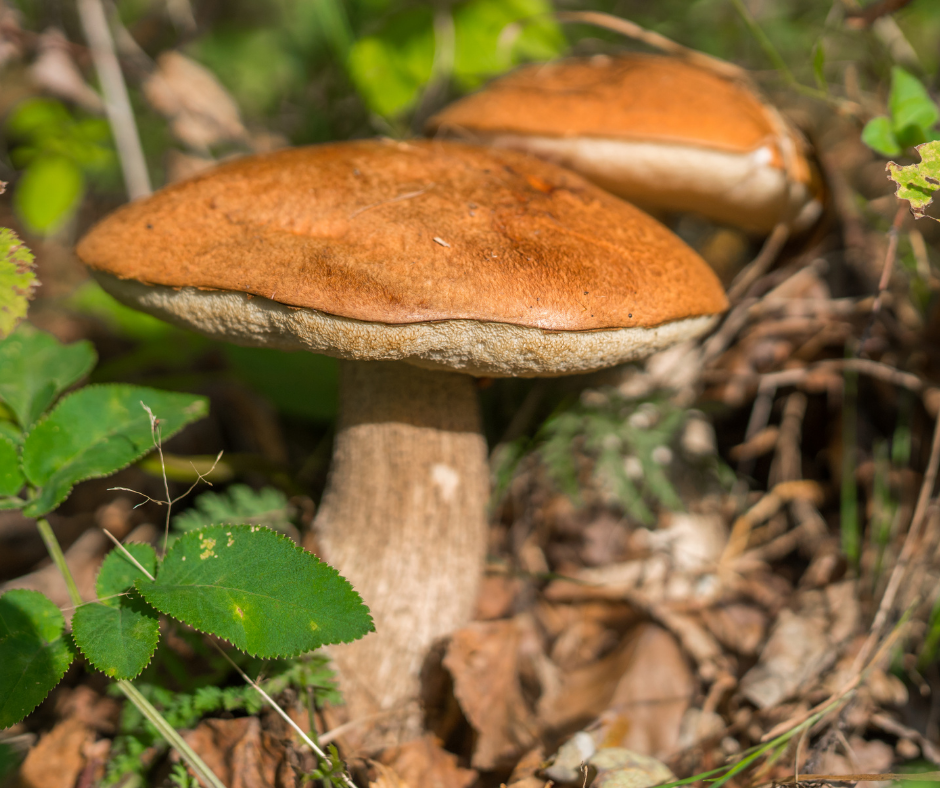
How do you recognise a king trumpet mushroom?
The colour becomes lighter as it matures, starting out as dark brown, then turning yellowish and finally, when it reaches maturity, it turns cream coloured. It rolls inwards slightly at the edge. It has a thick, fleshy white short stem which has no ring or volva. The inside of the cap has white lamellas with decurrent gills which are not easy to separate from the cap. The lamellas extend right along the stem to the roots of this magnificent mushroom.
This is the most frequently picked mushroom in Spain! But before you start you should know that even though all mushrooms grow in the ground, the king trumpet mushroom does so in a different habitat. After the first rains have fallen and autumn has started, you will find this variety next to a plant called Cuckoo Thistle or Wild Thistle. Nothing to worry about! This plant is easy to recognise and you will have seen it thousands of times in the woods. When there is wind and they are already dry, they roll around, spore their seeds and make you feel like you are in the Wild West.
King trumpet mushrooms thrive in areas that are very exposed to the sun and in alkaline soil. They prefer abandoned agricultural fields, pastures and roadsides where there is an abundance of thistles.
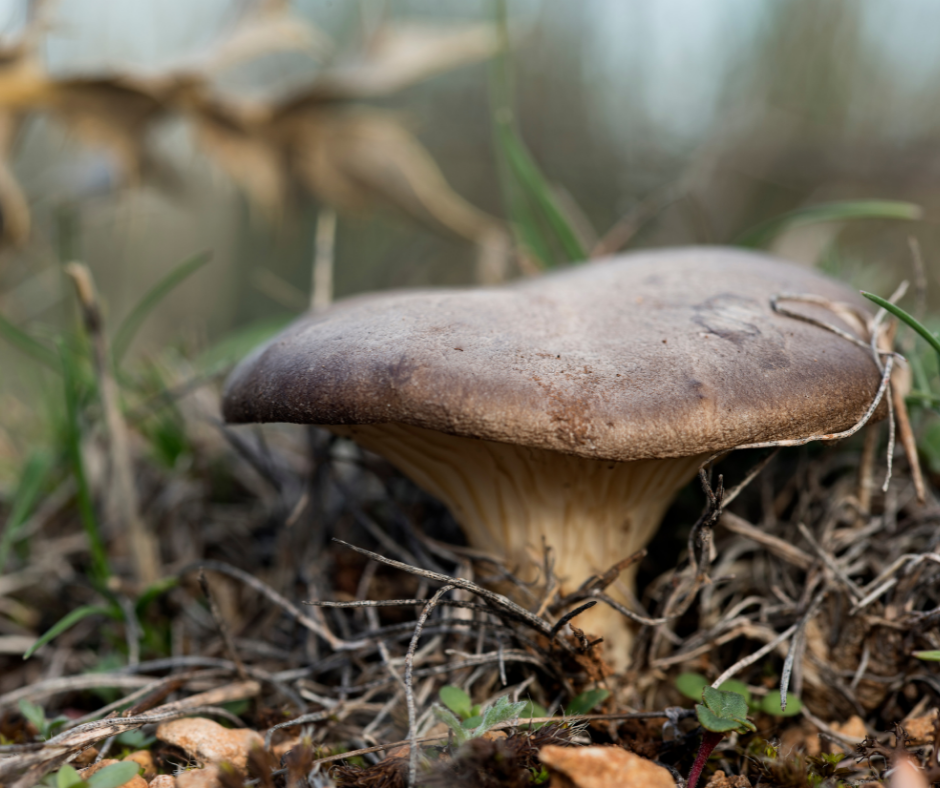
How to pick mushrooms and fungi
When going out to the forest to pick mushrooms there are a number of things to bear in mind:
1.- Wear comfortable clothes and shoes, if possible for use in the mountains.
2.- A wicker basket is essential. The reason for putting the mushrooms you pick in a basket is because this will help spread the spores throughout the forest as you walk and help to repopulate the area.
3.- To take them out of the ground you should never pull or rake them, they should be cut at the base of the stem, so do not forget to bring a good knife!
4.- And last but not least, you should bear in mind that the legal maximum you can pick is 5 kg per person per day.

Areas where you can pick mushrooms in Almería
The Sierra Nevada Nature Reserve, the Sierra de Los Filabres and the Sierra María-Los Vélez Nature Reserve are areas where mushrooms predominate in the province of Almería, although under the right conditions, they can be found in any environment and not only in the mountains.
Mushroom picking can be done freely, but if you are not sure you know what is edible from what is not, there is no need to worry!
There are workshops on mycology where you can learn a lot from talks and conferences given by renowned professional mycologists and there are even experts in mycology who will accompany you when you go out to pick.
When some of these forums finish you can enjoy a great feast in which the honoured ingredient will undoubtedly be the mushroom. A very interesting and entertaining way to enjoy rural tourism on your own, with your family, your partner or with friends, don't you think?
